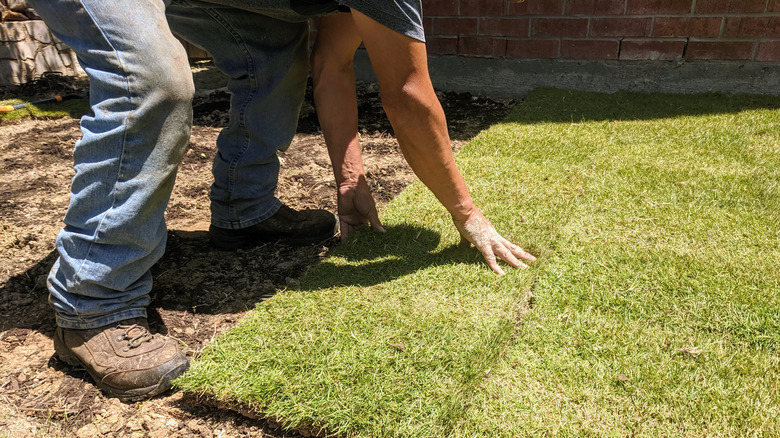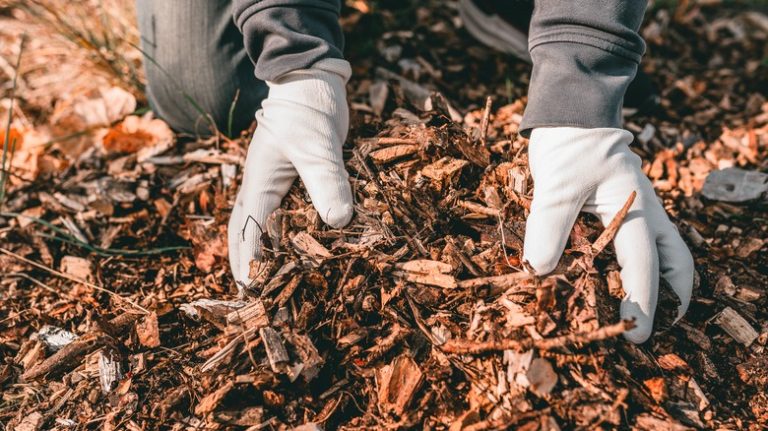When it comes to crafting that perfect lawn, the weather and climate of your region play a crucial role in dictating the success of your chosen grass variety. For those residing in chillier climates, a selection of grasses exists that are perfectly adapted to thrive despite the odds. These incredible cool-season grasses aren’t your typical sun-loving varieties. They possess an innate ability to thrive in temperatures oscillating between 50 and 80 degrees. Their resilience doesn’t stop there; even when the mercury takes a dive below the freezing mark of 32 degrees Fahrenheit, these grasses wear their green with pride and refuse to yield to the cold. Among the standout varieties in this category are fine fescue, Kentucky bluegrass, and perennial ryegrass. In addition, various other cool-season grasses, like zoysia and tall fescue, find homes in unexpected regions, bringing their resilient beauty to diverse landscapes. Each one has unique characteristics that make life easy for gardening enthusiasts.
Indeed, if you live in a cooler region or experience frequent bouts of cold temperatures, looking after your lawn can sometimes be a challenge. However, the beauty of nature lies in its vast array of solutions tailored to virtually any challenge. This guide will further explore the qualities of these cool-weather grasses and how you can integrate them into your garden.
Top grasses for cooler climates

While most warm-season grasses might fade away in such conditions, these cool-weather champions persist. Fine fescue, for example, is cherished for its delicate, needle-like blades, making it ideal for lawns that aim for a soft, velvety appearance. On the other hand, Kentucky bluegrass steals the show with its rich color, dense growth, and durability that can withstand heavy use and foot traffic. Lastly, perennial ryegrass, known for its rapid germination and robust growth, is often used to overseed existing lawns, gifting them with a renewed lease of life.
Navigating the world of grasses becomes more intricate when we introduce the concept of the transition zone. This zone — encompassing the Northeast and certain parts of the Midwest in the United States — is an interesting blend of temperature extremes. Here, grasses don’t merely survive; they demonstrate remarkable adaptability, dealing with temperature shifts that would be inhospitable to less versatile varieties. Enter tall fescue and zoysia. These are not just grasses; they are testimonials of nature’s adaptability. Tall fescue, a cool-season grass, boasts a fine to medium blade texture. While its natural proclivity is toward cooler conditions, it rebels against the stereotypes, thriving even in hot, dry circumstances. On the other hand, zoysia typically falls under the warm-season grass category. However, its unique trait is its ability to tolerate cold temperatures. Its medium texture offers the best of both worlds, providing a green retreat in warmer months and retaining its vibrancy even as the temperatures dip.
How to plant and maintain cool season grasses
Planting and taking care of cool-season grasses requires a keen understanding and dedication on your part to ensure your lawn thrives, even in cooler climates. Start by choosing the right time to plant. Early fall is ideal for most cool-season grasses, as it offers the seedlings a chance to establish before winter hits and then jump into vigorous growth come spring. Put the grass seed in the ground when the soil feels cool, around 50 to 65 degrees, and during the day when it’s mildly warm, roughly 60 to 75 degrees. When you’re ready to sow, ensure your soil is prepared and the pH of your soil is tested. Remove any old rocks and aerate the ground to improve seed-to-soil contact. Add a layer of organic matter to enrich the soil, ensuring healthier grass growth.
Watering your lawn is a crucial step to take immediately after planting. You want to keep the soil consistently moist but not waterlogged. During the first few weeks, water two times daily or as often as required to prevent the soil from drying out. As the grass establishes, slowly reduce the frequency. Cool-season grasses generally need about an inch of water per week from rain or irrigation. As your grass grows, you also need to consider its nutrition. Fertilize using a balanced, slow-release fertilizer that provides essential nutrients without causing rapid, weak growth. Typically, cool-season grasses benefit most from fertilization 4–8 weeks after the seeds have been sown.
